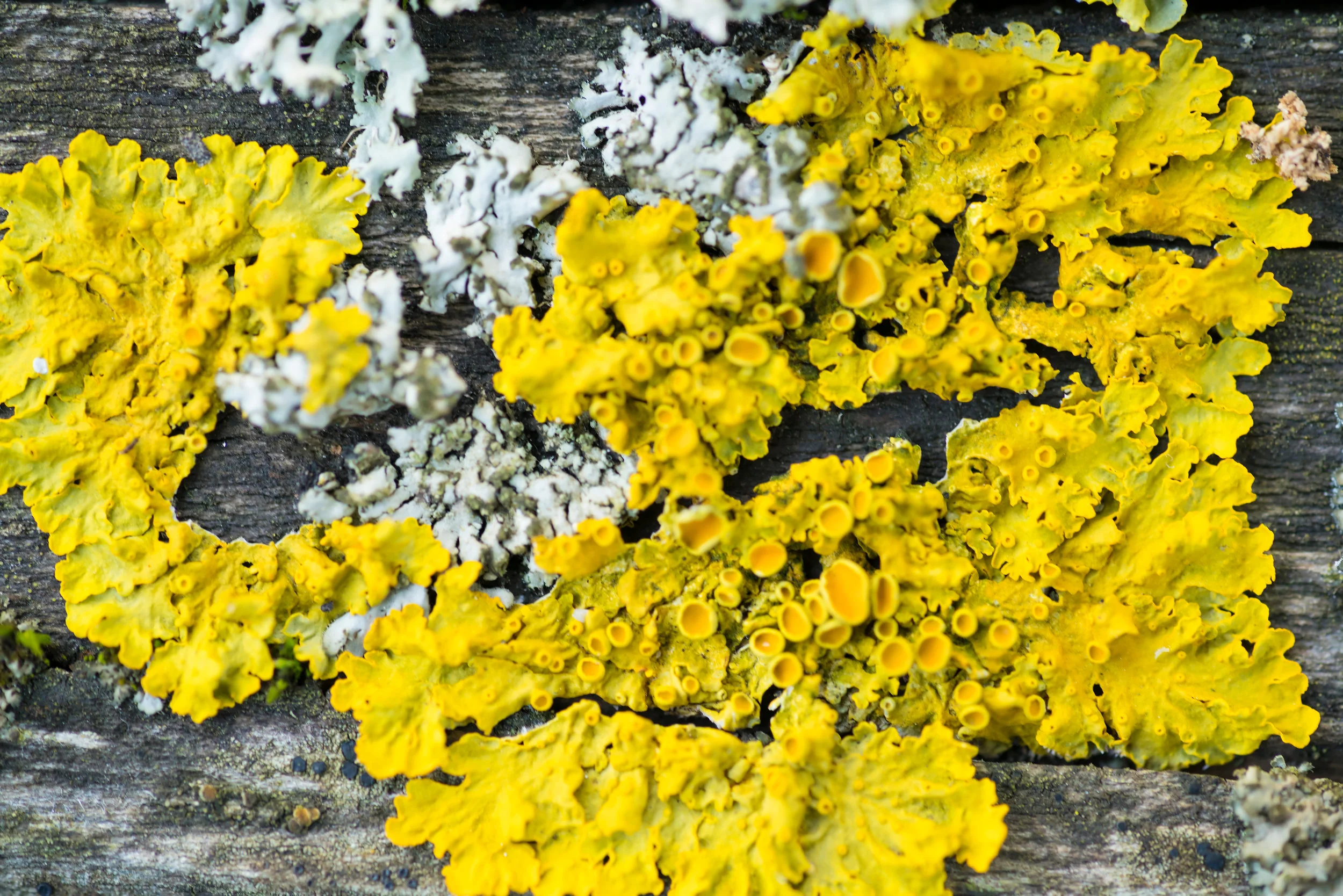My summer was defined by one letter: Q.
Q Methodology was something I was aware of, but had never investigated in detail. It turned out to be pretty awesome.
Where the genius happens.
I’m not the kind of person that is always looking to do new things, but if someone approaches me (like my advisor, Katie Meehan) with a new challenge, I am the kind of person that will say yes. When I was asked by Katie if I would like to assist developing the Q concourse, without hesitation I said yes. When asked if I knew what Q was, without hesitation I said no.
Almost overnight I was submerged into the world of Q. As the Graduate Research Assistant on the Knowledge Integration Project, my job was to review the Q method literature (especially in geography), develop and refine the Q method concourse, investigate different online Q survey tools, and prepare the survey for ‘trouble-free’ implementation in the fall. I spent my summer either swimming in the literature or in the piles of statements on index cards that slowly amassed in my office.
Lourdes at work, inductively categorizing Q statements (quotes from interview participants) on index cards.
Our brilliant conceptual framework. Pro tip: Avoid doing “shit we already know.”
Tackling the learning curve was made easy by the impressive amount of literature and resources available. Simon Watts and Paul Stenner’s book “Doing Q Methodological Research” became my bible. I received additional guidance from articles such as: Paul Robbins’ “The politics of barstool biology: Environmental knowledge and power in greater Northern Yellowstone”; “Using Q Method to Reveal Social Perspectives in Environmental Research” by Thomas Webler, Stentor Danielson and Seth Tuler; and “Structuring subjectivities? Using Q methodology in human geography” by Sally Eden, Andrew Donaldson, and Gordon Walker. The Q-Method online community was a wealth of information, as was contacting scholars directly utilizing the method. [A side note: the Q Method community is relatively small, so a newbie can actually email professors and Q innovators, or post to the Q listserv, and receive direct responses from Q experts!]
Specifically, I appreciated the input of Dr. Kerri Jean Ormerod, who took time out of her busy summer to provide sage advice, both theoretical and practical. (Thank you, KJ!) My own background and experience with other qualitative methods (i.e. interviews, qualitative coding and analysis) also provided a firm foundation. Being able to build on this foundation helped me quell the natural anxieties that rise when you’re (1) doing something new; or (2) feel like you have no idea what is going on.
Making order out of chaos. Over a week, we identified key themes and developed categories out of the Q concourse, and began to pinpoint a set of suitable Q statements for each category. Categories were a mix of inductive (identified out of our mess of statements) and deductive (already identified by the STS literature as important/influential).
Lourdes Ginart (left) and Katie Meehan (right) sorting statements into categories. Some researchers opt to do this step in a qualitative data software program, like Atlas.ti. We preferred to do this in person, armed with physical cards, spread out over a large conference table, supported by baked goods and coffee. Working in person allowed us to quickly and efficiently troubleshoot cards and categories, discuss and verify choices, ask questions, and call for back-up. Q Method is best done in a team atmosphere.
I enjoyed learning about Q methodology because it pushed me out of my comfort zone. I overcame the human discomfort of doing something new, I engaged with the theoretical literature more deeply, and I reached out to and engaged with other scholars doing Q. Building the concourse was also a constant and fruitful exercise in reflexivity. I had to move beyond my own opinions to address the research topic holistically because developing the Q-study demanded that I have a range of perspectives and opinions for the concourse. It seems obvious, but it’s a skill that demands development.
I see Q as a tool that allows us to locate and understand the divergence in opinions on a given topic. It’s not new, but it is revolutionary. Capturing and understanding these divergences provides an opportunity to move a conversation into a new direction. In this study, asking our participants to identify what ideas and practices should guide interdisciplinary research allows us to identify subconscious norms, sources of conflict, productivity, poor research practices, and successful research practices, making it possible to both quantify and discuss why and how these subjectivities matter.
Success! After a long week and a lot of cold brew coffee, we have an operational Q method survey.
In the process I’ve strengthened my qualitative analysis techniques, I’ve developed new quantitative analysis skills, I’ve learned a new methodology, and I’m promoting the use of this methodology in geography. Undertaking a Q-study was time-consuming and deliberative, but it was also a great challenge and fun. I know my Q journey has just begun.
The final product: a set of Q statements (n=43) in each category, ready for sorting by survey participants. Next step: the online survey, coming this fall.













